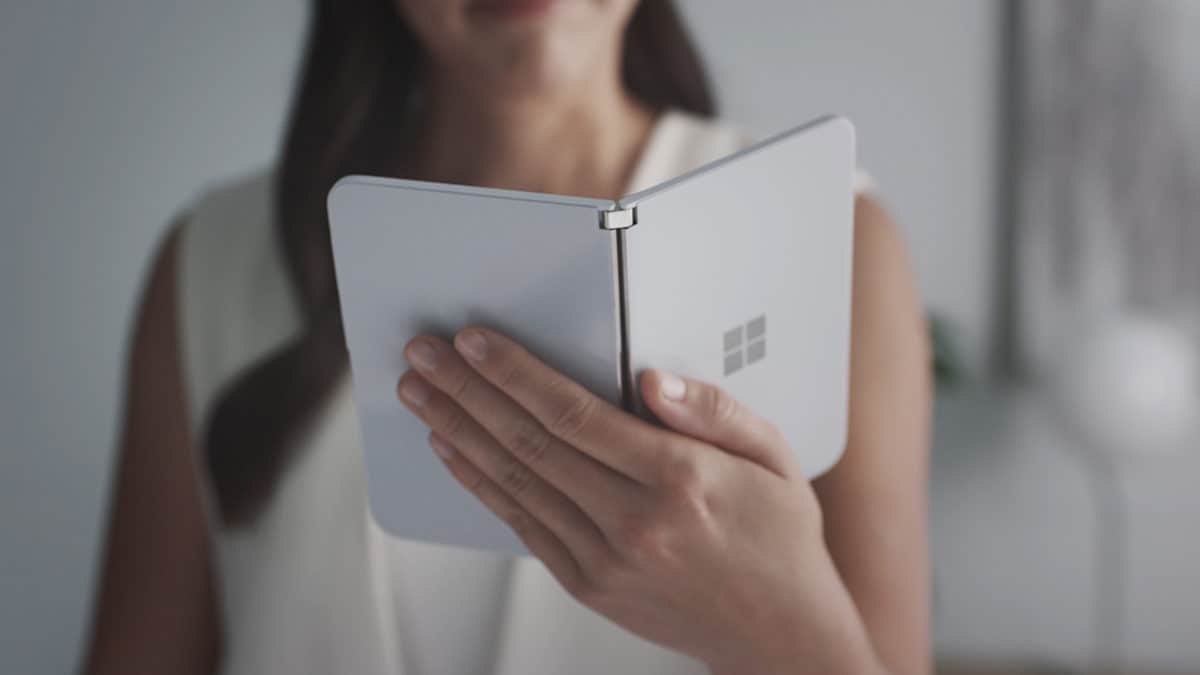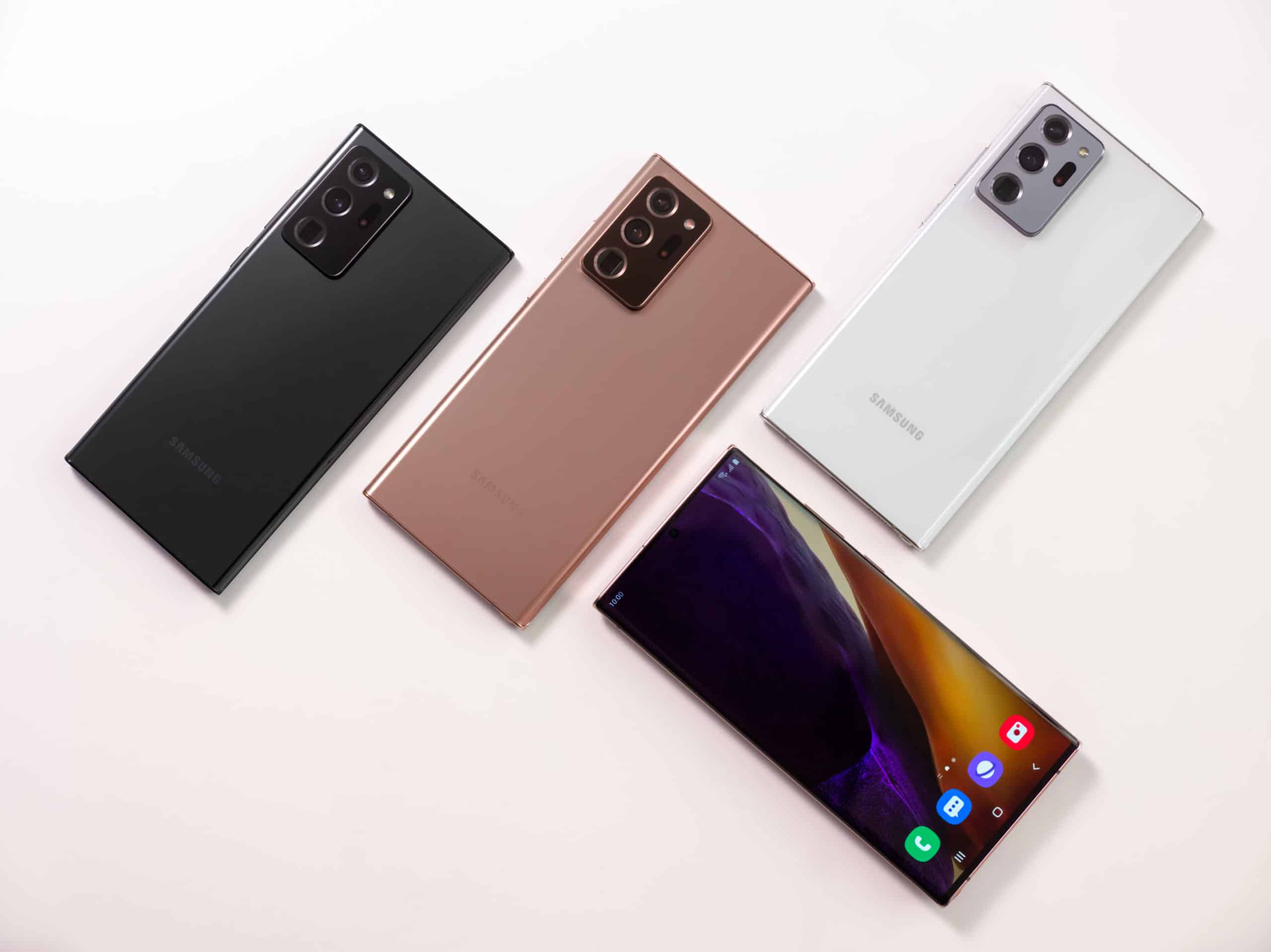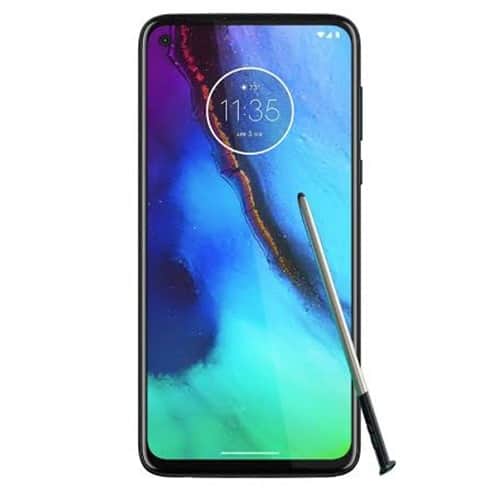You cannot imagine how useful mobile phones are nowadays and how they aid our productivity on a daily basis. Yes, PCs are amazing tools for our day to day business, but as you already know, mobile phones get the job done as well. Want to know the best devices to make this happen? See our list of 5 Best Phones For Productivity:
1. Microsoft Surface Duo:

As you already know, the biggest obstacle to mobile productivity is not having 2 screens. Not to worry though, because this device solves this issue by giving you two 5.6-inch screens, which is about 8.1 inches when folded out.
Must Read: 7 Best iPhone To-Do Apps
It also comes with lots of Windows apps pre-installed and fully optimized for the Surface Duo’s unique display layout, and this means you can still be productive even when you are not at the office.
2. Samsung Galaxy Z Fold 2 5G:

Its big fold-out screen stands at 7.6-inches across the diagonal, and this makes it amazing for working on documents.
Must Read: 7 Best Android Accessories
With it, users can also multitask by swiping from the right-hand side and gaining access to a tray of suggested applications. Two applications can also be used side-by-side and it can even be used as a laptop.
3. Samsung Galaxy Note 20 Ultra:

This device is basically for business-minded people who always need to get stuff done while on the move. Its display size lends itself amazingly to use with the S Pen stylus, which is not so expensive.
Must Read: 7 Best Time Management Apps
This pen is super smart as it comes with fresh gesture controls that let you go back, go to the home screen, and so on. Owners of this device can even take notes on it while it is locked.
4. iPhone 12 Pro Max:

Even if 2 screens are amazing for getting stuff done, having 1 huge screen is also very useful for anyone who is concerned about productivity.
Must Read: 5 Best iPhone And iPad Accessories
This device comes with a 6.7-inch display that makes writing emails, video calling, reading, and editing documents as easy as possible. Apple’s fast switch feature also makes swapping between applications simple for those who want to jug jobs simultaneously.
5. Motorola Moto G Stylus:

Do you need a mobile device with a stylus but you cannot afford Samsung Note 20 Ultra? This amazing device from Motorola is the perfect choice for you. It comes with a built-in stylus that will help you to take notes and draw simple sketches.
Must Read: Best Office Apps For Android
It also uses a Snapdragon 665 processor, therefore the performance will be as smooth as you want. Its 6.4-inch screen is not the biggest for split-screen multitasking, but it will still cope while you work on important documents and emails.
There you have it – a comprehensive list of 5 of the best phones for productivity. If you have any personal favorite or other recommendations, feel free to drop them in the comment section below.
More Information About A Smartphone:
Smartphones are a class of mobile phones and of multi-purpose mobile computing devices. They are distinguished from feature phones by their stronger hardware capabilities and extensive mobile operating systems, which facilitate wider software, internet (including web browsing over mobile broadband), and multimedia functionality (including music, video, cameras, and gaming), alongside core phone functions such as voice calls and text messaging.
Smartphones typically contain a number of metal–oxide–semiconductor (MOS) integrated circuit (IC) chips, include various sensors that can be leveraged by their software (such as a magnetometer, proximity sensors, barometer, gyroscope, or accelerometer), and support wireless communications protocols (such as Bluetooth, Wi-Fi, or satellite navigation).
In the early 2010s, larger smartphones with screen sizes of at least 5.5 inches diagonal, dubbed “phablets”, began to achieve popularity, with the 2011 Samsung Galaxy Note series gaining notably wide adoption. In 2013, Huawei launched the Huawei Mate series, sporting a 6.1-inch HD (1280×720) IPS+ LCD display, which was considered to be quite large at the time.
In 2019, the majority of smartphones released have more than one camera, are waterproof with IP67 and IP68 ratings, and unlock using facial recognition or fingerprint scanners.
One of the main characteristics of smartphones is the screen. Depending on the device’s design, the screen fills most or nearly all of the space on a device’s front surface. Many smartphone displays have an aspect ratio of 16:9, but taller aspect ratios became more common in 2017.



